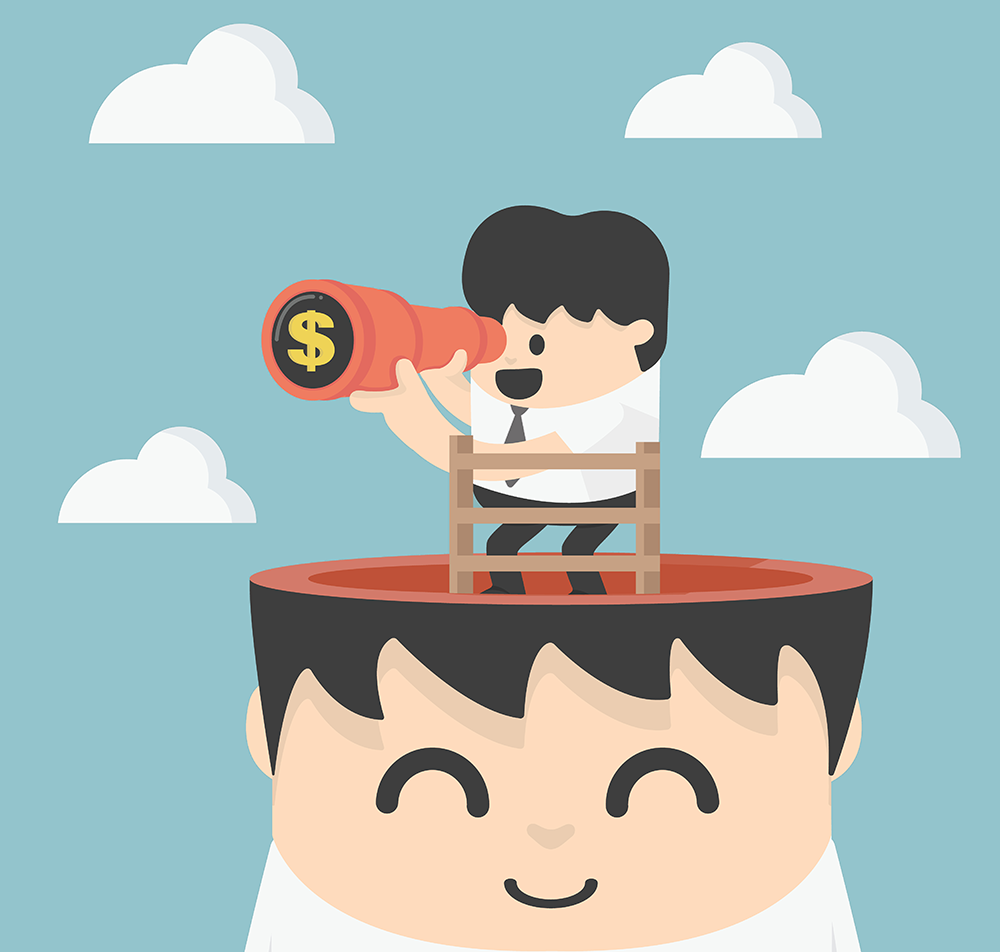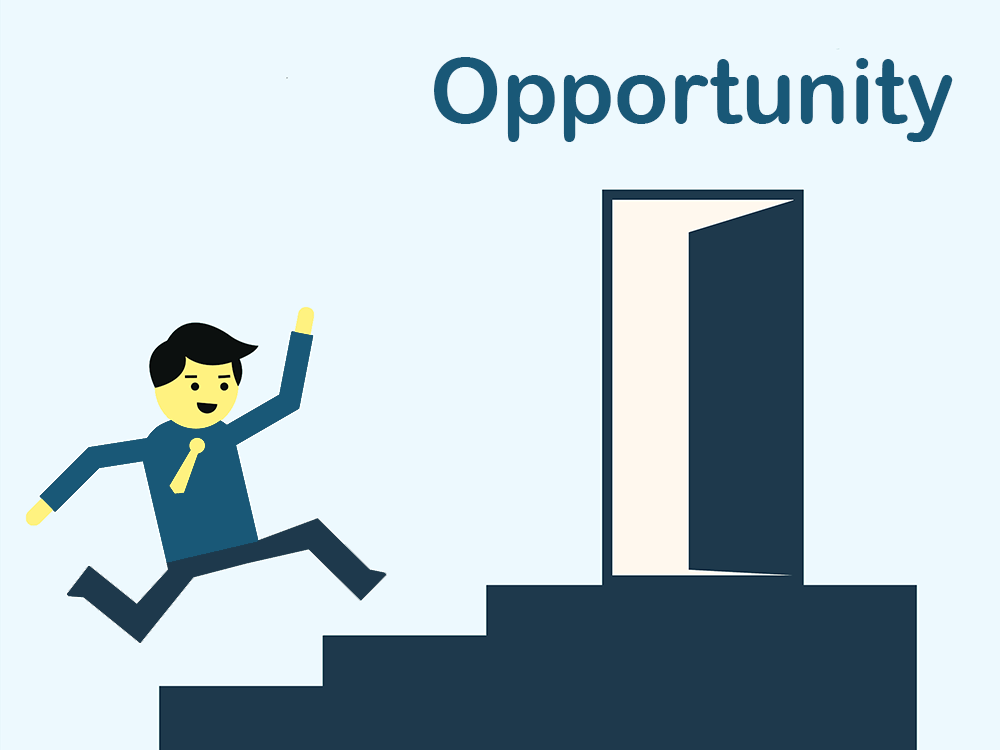
Money which is spent on non-essential products or services is gone for good. It not only can't be spent again, but it also can't earn incremental cashflow. People in debt have money working against them 24 hours a day, while those with savings are able to have the money work for them.
Savings represents opportunity & freedom. Debt represents the opposite.
This calculator allows you to quickly estimate the opportunity cost of a particular purchase. Simply enter the price, the anticipated rate of earnings if you saved & invested the money, and a period of time the money would be invested. The calculator will return the forgone investment returns. If you frequently spend money on a habit like smoking or Starbucks, the calculator in the second tab allows you to enter such recurring expenses.
Some general tips:
This calculator allows you to quickly estimate the opportunity cost of a recurring purchase, like frequently spending money on a habit like smoking or Starbucks. If you are making a one-off purchase rather than a recurring expense, please use the calculator in the first tab.
Simply enter the price, the purchase frequency, the anticipated rate of earnings if you saved & invested the money, and a period of time the money would be invested. The calculator will return the forgone investment returns.
Some general tips:
Is your bank offering competitive rates which beat inflation and taxes? If not, you may be able to earn a better rate & make your money work harder by shopping around.
The following table lists currently available rates for savings accounts, money market accounts and CDs.

In 1914, an Austrian economist by the name of Friedrich von Wieser coined the term opportunity cost in his book titled Theorie der gesellschaftlichen Wirtschaft. However, Benjamin Franklin and Frédéric Bastiat also touched on the topic earlier, but they didn't give in a specific name.
If you work in the investment field, you've most likely encountered this phrase. It's usually used to describe the process of choosing one investment over another. The investment you didn't choose is defined as your opportunity cost. Another way of putting the concept is it is the foregone oportunity.
For example, say you have the option of going to a concert or reading a book. You choose to go to the concert over reading your book, and this means you spend your money and time at the concert. You can't get this time or money back, and your opportunity cost would be the money you spent at the concert plus the pleasure you missed out on that comes from reading your book.
An opportunity cost is broken down into several subcategories, and there is a formula that economists use to determine the exact opportunity cost of making an investment or a financial decision. It also has several valuable meanings in your everyday life, and we'll go over all of this below.
Opportunity costs is a very broad definition, and there are several types of costs that go into it. You have to understand the individual components to get a full understanding of the concept.
One part is the explicit costs, and these are generally defined as compensations or financial payments that are a direct result of your original choice. This means that someone else incurs the cost of your choice, and they also pay you for the value of your lost opportunity.
For example, you're offered a part-time job at a bank, and you choose to take it. This new part-time job takes up your spare time that you could have spent enjoying with your family and friends, time you could have invested in your health, or time spent seeking other career options. The bank's Board is now going to pay you cash for the value of the time you could have spent on the next best alternative, with your family and friends. So, the Board is incurring the value of the opportunity cost, and this is defined as an explicit cost.
Implicit costs are defined as costs you incur as a direct result of your choice. Basically, this means that you incur the cost of your choice yourself, and someone else doesn't compensate you as they would with an explicit cost.
As an example, say the bank you got hired at has an executive who wants to have their church's landscaping professionally done. However, instead of paying a lot of money for a professional company to do it for them, they ask a professional landscaper to donate his services free of charge. The landscaper agrees, and he is choosing to spend his time working on the church's landscaping, and this means he forgoes spending the same time on his own business for paying jobs. The landscaper incurs the cost himself, and he doesn't expect the church to pay him for it.
A way to property view implicit costs is to think about a regret minimization framework when making important decisions. If this doesn't go how I would like it to, how might I feel? If I made another choice and that went astray, how much will I regret not doing this?

If this sounds confusing, the formula economists use to break down the concept is straightforward. Ideally, a business or a person wants to get the highest return for their choices to be able to justify the choice they originally made. The formula breaks down to:
Imagine that you own a company, and the company has an extra $100,000 in excess funding, and you're trying to decide between investing this $100,000 or buying new equipment. If you choose to invest, you might get a return on your investment, but you forgo any profit that the company might have made with the new equipment. If you choose to purchase new equipment, the company might get a return due to increased sales, but you forgo any profit that the company might have made with investing the money in the markets.
When faced with this decision, you do your research and find out that your supposed investment will bring the company a return of 12%. This totals out to $12,000 of profit for your original investment. The new equipment will bring the company a return of 10%, or $10,000 in profit.
Once you have your totals, you have to decide what is best for your company. Do you focus on the short-term or in the long term? A company may choose to purchase the new equipment instead of investing it. Investing the money will lead to a higher payoff in the near term, but new equipment will allow the company to lower their opportunity costs and increase how efficient they are, which positively impacts their profit margin for many years to come.
For this scenario, you would calculate the opportunity cost by taking the amount of the most lucrative option (investing) and subtracting the chosen option (new equipment).
$12,000 (investing) – $10,000 (new equipment) = $2,000
You may have heard sunk cost referred to as unavoidable cost, and this simply means that the cost has been incurred because of past decisions a person or a company could have made. Sunk costs can include the net values of any asset that the business owns like property, equipment, or inventory.
For example, if a business buys a warehouse that is worth $120,000 and it has a scrap value of $110,000, the sunk cost would be the difference between the purchase price and the scrap value. In this case, the sunk cost would be $10,000. The business will only gain or lose anything when it is time to get rid of the warehouse or asset. These gains or losses are typically put into the financial statements that the business prepares at the end of the financial period.
The difference between a sunk cost and the opportunity cost is that a business will not include sunk cost when it is making important financial decisions about the company's future. The sunk cost can't be recovered, while the opportunity cost can play a critical role in helping to decide the company's financial future.
A trade-off is another important piece to consider when making decisions, whether they're personal or for a business. A trade-off is defined as an exchange where an individual sacrifices one or more things to get a particular product or service.
As an example, say you run a company, and the company wants to start a large project. However, in order to start this large project, the company needs a huge investment along with other resources. To make this happen, the company may reduce how much it's spending in certain areas or on certain projects in order to dedicate more resources and money to this new, large project.
The difference between a trade-off and an opportunity cost is a trade-off defines the course or courses of action one gives up in order to pursue the preferred course of action. An opportunity cost is defined as the cost of choosing one course of action and forgoing another.
Liquidity refers to how quickly you can have your cash in hand if it's tied up in investments. If you have two investments that will give you the same amount of return, but one requires you to tie your cash up for 2 or 3 years, and the other requires you to tie your cash up for ten years, your investment decision will depend in large part on how liquid you need your assets.
You may be tempted to take the more liquid offer or the offer where you only tie your cash up for 2 or 3 years, especially if the assets deal with your business & you do not have significant excessive capital to work with. Maybe the longer investment makes more financial sense in terms of total returns, but the opportunity cost of liquidity means you may have no choice but to pass on a potentially ‘hot' investment because your money is tied up.

Capital structure is defined as how a business or a company funds its growth and operations, and this is a mixture of the business's equity and the business's debt. Traditionally, a business's debt can be things like any loans from banks or any bonds the business issues. The business's equity can be seen as things like retained earnings or stocks.
Business's use opportunity cost when they're deciding between equity and debt. If a business borrows money to pay for an expansion, the money the business uses to repay loan's interest and the principal isn't available to invest in stocks. The business now has to use opportunity cost to see if the proposed expansion made possible with the business's debt will lead to enough long-term revenue to justify forgoing the stock investments.
Broader macroeconomic conditionals play a big roll in determining the relative appeal of debt vs equity. After the Great Recession central banks bought assets to drive down interest rates, this in turn lowered interest rates on corporate bonds, which made it more appealing for many companies to issue record amounts of debt to buy back their shares.
Although opportunity cost is usually used by businesses to evaluate their financial decisions, it can also be used to help a business decide how to use their other resources like hours worked, mechanical output, or time. A business must decide how it wants to spend these resources on different projects because allocating them to one is taking away from another.
Say a guitar company has 450 man hours available per week, and they use 10 man hours per guitar they produce to get 45 guitars per week. They decide to make 10 pianos per week at 15 man hours a piano. This totals out to 150 man hours per week to make 10 pianos. This decision leaves them with 300 hours a week to make guitars, and this will give them 30 guitars per week. The opportunity cost of making 10 pianos is 15 guitars.
45 guitars – 30 guitars = 15 guitars.
You'll realize that opportunity costs are found in our everyday lives from little things to big things. The quicker you start to recognize them, the quicker you'll be able to use this formula to help you make informed decisions.
Even something as simple as breakfast has a big impact on the rest of the day. Do you eat healthy and feel good for many hours, or do you rush to wolf down some highly refined carbohydrates that will spike your blood sugar level only to have it crash & have you feel lethargic later.
Paying your tuition for the college of your choice involves an opportunity cost. If you live in-state and attend a state college, say you pay $4,000 per year, and the government subsidizes $8,000 per student. If you just look at the surface, it looks like the student is getting a great deal because the tuition cost is $12,000 and the student is paying less than half. However, using opportunity cost, the true amount is $12,000 plus the income the student chooses to forgo because they're going to college instead of working.
If the student would have made $25,000 per year working, you have to add this to the $12,000 tuition cost. This totals out to $37,000, and the student will not receive the $25,000 in lost wages and the $4,000 tuition for a grand total of $29,000. This works out to around 75% of the total cost, and this is what it will ultimately cost the student per year figured in opportunity cost.

Whether it's a big decision or a small decision, opportunity cost plays a role in everyday life. Now that you know what it is, you may start to notice it more as you go about your daily activities.
Explore conventional mortgages, FHA loans, USDA loans, and VA loans to find out which option is right for you.
Check your options with a trusted El Monte lender.
Answer a few questions below and connect with a lender who can help you save today!